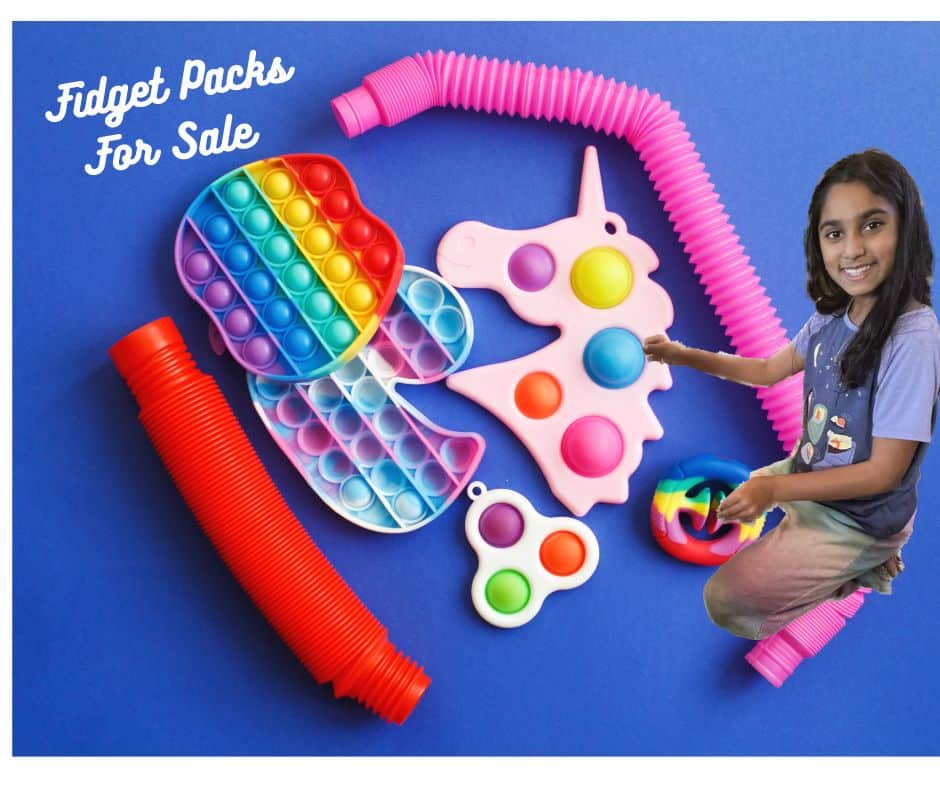Child Entrepreneur: Encourage & Nurture Every Part Of It!

Is your child the next Mark Zuckerberg? An ivy league dropout who will not only revolutionize the way we maintain relationships but the way we conduct business.
Did you know that Warren Buffet, Berkshire Hathaway CEO and billionaire, sold chewing gum door-to-door as a child?
Maybe your child has the gumption to better something that already exists, like Maddie Rae. The teen mogul took her enjoyment of slime to a new level by creating her own new and improved product with the help of her father.
As parents, we can encourage our kids to take on the adventure and risk of starting a new business. In fact, ear muffs, the popsicle and the trampoline were all invented by children. At the risk of squashing a dream, we don’t want a missed opportunity, do we?
As an entrepreneur, one of the most thrilling things I recently heard Nyeema (my nine-year-old daughter) say was that she wanted to start her own business. I thought no matter how silly or far fetched her ideas were, I had to nurture them.
If you see that your child has an entrepreneurial spirit, I encourage you to guide them through the steps to follow through with their ideas. You not only will be strengthening their financial sphere, but their mental and social spheres as well.
The Idea
Nyeema came home from school with the idea of selling variety fidget packs.
Just in case you don’t know what fidgets are, they are plastic toys made in China, probably for pennies. They can be squeezed, popped, pulled, spun and squished, providing for manipulative play. Colorful and made in different shapes, most fidgets fit the size of a child’s hand.
This wasn’t Nyeema’s first business idea. Her previous idea involved creating and selling her own artwork. Although I wasn’t sure who would want to buy her art (she’s artistic but I don’t know if she’s the next Georgie O’Keeffe), I still encouraged her to create enough art to sell. I think Nyeema realized how time consuming this was so it hasn’t taken off… yet. At this age, kids want to see the fruits of their labor quite quickly. Who are we kidding… that happens at my age!
I was impressed that before we could even sit and chat about her fidget pack idea, Nyeema had already researched fidgets to purchase in bulk.
The Business Plan

Nyeema asked if I could order the items she found but I told her I first needed to see her business plan.
She of course needed guidance to create this plan. I explained to her what I needed to review before we could purchase the items.
Is there a market for fidget packs?
Did kids her age still play with fidget toys? Are they still a “thing”?
After doing some Google research and discussing the “need” for fidgets, we realized kids still have an interest in these toys.
What is her total cost?
I asked her to provide me with a list of goods she wanted to buy along with packaging materials. I would also need the cost of all of these items.
This is important because we needed to recoup the cost or it wouldn’t be worth the endeavor from a financial perspective.
What is her projected revenue?

To determine her projected revenue, we discussed an average price point for each pack.
We also discussed how many fidget packs she will create and how many toys will be in each pack.
What is her plan to sell the fidget packs?
I wanted her to start thinking about who she would sell these packs to and to think outside-the-box.
I made it clear that I didn’t want her to get bored with this endeavor. I didn’t want the fidget packs to sit in a bag in her room and be forgotten of. This was not a lesson on dead stock.
I knew I had to nurture her but in a tough way.
The business failing was not an issue as long as she tried. If it failed, she will learn from it for the next idea.
So she made a list of all the places and people she would be offering her fidget packs to and presented it to me.
What is her projected net profit?
I explained that her profit was her revenue minus her cost. This was the money she actually made from her sales.
But what if she needed a loan to start the business?
How was she going to fund her business endeavor?
The total initial cost she presented to me was $86. She received a $25 Amazon gift card for Christmas that she wanted to use to purchase the fidgets, leaving her with a total cost of $61 (we haven’t gotten into fixed and variable costs yet). For a nine-year old, that’s a large amount coming out of their own pocket (very easy however if we are purchasing the inventory).
I ultimately told her that I would invest 50% of the funds she needed and would not charge her any interest… at least this time!
She learned that from her revenue, she would need to pay me back the $30.50 she would borrowing.
She was pleased with the offer so we ordered the inventory and packaging materials.
The Launch
I loved seeing her excitement when her inventory arrived. But would she actually put in the work to package and sell the goods? I was still a little skeptical.
She packaged her items strategically and asked for my advice on pricing although she was reluctant to take some of it. We discussed her reluctancy and sometimes I found that her pricing made more sense. Other times, she caved to my experience.
She already had some preorders from classmates, so sales started out pretty well.
How’s Business These Days?
So far, in the last ten days, she has sold approximately 10 of the 30 fidget packs. She takes her backpack full of the packs everywhere she goes and is determined to make this business successful.
She doesn’t seem to be bored or slowing down.
So far, I’m impressed and proud of her motivation and determination.
Entrepreneurship in Schools
I would love to see schools encourage entrepreneurism as well. Just as art, music and physical education are taught in elementary school, it would be invaluable to teach entrepreneurship at this age. The skills are just as important as expanding our creative and physical sides.
Whether it be a lemonade stand or becoming a YouTuber, by pursuing business ideas, children gain public speaking skills, learn the concepts of money, management, marketing and most importantly, they continue to gain self confidence.
Some qualities of an entrepreneur are innate. But many can be taught and developed. Being willing to learn, having an optimistic outlook and seeking opportunities are just a few characteristics of a successful entrepreneur that can be cultivated.
So, what are some of the traits that entrepreneurs have in common as children? Learn more about the unique commonalities of successful entrepreneurs by Jodie Cook, Forbes contributor. The 6 Childhood Trends Of Successful Entrepreneurs
It’s never too late to start teaching our kids and ourselves as parents!

Comments are closed